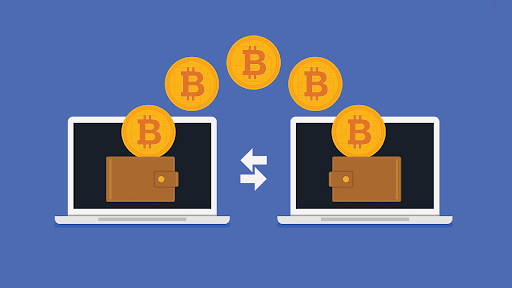Cryptocurrencies are increasingly gaining mainstream adoption, with Solana (SOL) and Bitcoin Spark (BTCS) at the forefront of revolutionizing these digital transactions.
Will Solana recover?
Solana (SOL) is around 90% down from its all-time high (ATH). And while the pronounced drop in valuation is concerning, there are plenty of reasons to believe that Solana will recover. The layer-1 blockchain platform has attracted many developers and projects, leveraging its cheap and fast transactions to build mainstream-oriented decentralized applications. In fact, projects like Helium have moved to Solana from their own blockchains to benefit from its scalability. Additionally, Solana’s Dapp ecosystem is much more diverse than its competitors, users can find decentralized exchanges, lending platforms, NFT marketplaces, blockchain gaming projects, and much more on the platform. Moreover, Solana has made exciting developments within its ecosystem, such as the Solana mobile, showing commitment to staying relevant in the ever-evolving crypto landscape. The increasing number of Solana wallets also suggests the potential for recovery as the crypto market regains momentum.
Bitcoin Spark: Bringing a new era of crypto use cases
Bitcoin Spark is an innovative project built on Ethereum. It has gained recognition for its groundbreaking approach to blockchain technology, facilitating new use cases while upholding speed, security, and scalability.
Bitcoin Spark enables the development of smart contracts in Rust, Solidity, Vyper, and all high-level programming languages compilable to EVM-bytecode. This is achieved through separate smart contract execution systems that all reach finality on the main network. The layered architecture promotes a wider range of developers and smart contracts, fostering a robust ecosystem of decentralized applications within Bitcoin Spark.
The BTCS token has a unique use case in that it can be used to acquire remote computing power. Bitcoin Spark introduces a novel consensus mechanism known as Proof-of-Process (PoP), which rewards miners for confirming blocks and providing processing power to the network. This will be possible through the Bitcoin Spark application, which will enable users to mine by permitting secure and isolated access to their mining device’s processing unit. The application will be easy-to-use, lightweight, compatible with all famous operating systems, and limit itself to resources it can use on the selected device.

The miners’ processing power is then rented out through the Bitcoin Spark network as remote computing power. And those using the power will be required to pay with BTCS. The revenue generated is transferred to the mining pool to supplement the BTCS minting rewards. This means the more revenue generated, the further the BTCS minting endpoint will be.
Bitcoin Spark will also leave small slots for advertising on its website and application, where advertisers will be required to pay with BTCS. The ads will be community-policied, and the revenue generated will be shared with miners and network participants.
The Bitcoin Spark Initial Coin Offering (ICO) is in Phase 2, with BTCS priced at $1.75, and investors getting a 15% on top of their investments.
For more information on Bitcoin Spark:
Website: https://bitcoinspark.org/
Buy BTCS: https://network.bitcoinspark.org/register
Crypto News Flash Disclaimer: This publication is sponsored. Crypto News Flash does not endorse and is not responsible for or liable for any content, accuracy, quality, advertising, products, or other materials on this page. Readers should conduct their own research before taking any actions related to the company. Crypto News Flash is not responsible, directly or indirectly, for any damage or loss caused or alleged to be caused by or in connection with the use of or reliance on any content, goods, or services mentioned in the press release.
Credit: Source link













































